Artinis at the Organization for Human Brain Mapping
In addition to arranging our own Artscientific NIRS symposium every year, we also attend a wide variety of conferences, ranging from rehabilitation and sports medicine to developmental science and psychophysiology. One of the conference highlights in 2019 was the Organization for Human Brain Mapping (OHBM) annual meeting, which took place in Rome, Italy. As the name reveals, the conference brings together thousands of cognitive neuroscientists interested in neuroimaging of the human brain; a perfect audience for our OxyMon, Brite, and OctaMon devices!
At the OHBM conference we met both current customers and many new potential customers. Among the visitors to our booth there was a large variety in experience with NIRS; some were completely new to the technique whereas others had many years of research experience. What they had in common, however, was a shared appreciation for our portable NIRS devices, especially the Brite. Many were surprised by how small and light the device was, and how easy it was to apply and to get a good signal with. We had multiple people with previous NIRS experience ask us if you could really get a good signal with a wearable device on adults. We offered them the chance to try it out themselves; a quick setup resulting in a good signal within minutes quickly dispelled their initial doubts. Seeing is believing!
Speaking of good signals, as a rule of thumb we say that seeing a clear heartbeat in the oxyhemoglobin signal is an indicator of a good signal. Upon telling a visitor to our booth about this, he got very curious and wondered whether signs of his premature ventricular contractions (PVCs) would show up in the NIRS signal* . PVCs sometimes manifests in the heart skipping a beat, something which the gentleman in question could clearly sense each time. Our curiosity sparked, we quickly set up a measurement. Were we able to see the skipped beats in the signal? Well, judge for yourself in the video below!
Besides enjoying interactions with visitors at our booth, we also took the opportunity to visit posters and attend talks. Chiara Bulgarelli gave an interesting talk about how they used cortical nodes of the default mode network (DMN) as a proxy for activity of the whole DMN. This is very intriguing because research on the DMN has traditionally been off-limits for NIRS as the network is partially comprised of deeper structures. If this turns out to be a viable approach, the advantages of NIRS could also be enjoyed by those researching the DMN. This could enable research previously not possible or difficult to perform, such as the study in question. They measured on awake infants, something which is a big challenge with MRI. Infants can be scared to get into the MRI and once they are in place, they are hard to keep still. If NIRS can be used these problems can be avoided.
There was also a whole session dedicated to Imaging methods - BOLD signal imaging, which although not about NIRS per se, was informative for NIRS as both techniques measure the hemodynamic response. Two of the presentations tackled the question of what negative BOLD responses / BOLD deactivations mean in terms of underlying metabolism and neural activity. Another presentation showed data from concurrent fMRI and electrophysiological recordings, suggesting that a few electrophysiological events can drive big changes in the BOLD signal. Further, it was suggested that experimental stimulus events not only result in measurable changes in the hemodynamic response, but also modulate, e.g., peripheral vascular tone. These were all fascinating presentations, showing us that even though much is known about BOLD fMRI, there is still a lot to be discovered about the relation between neural activity and hemodynamics. Here NIRS can play an important part, not only because you can easily measure both peripherally and on the brain simultaneously, but also because NIRS can measure both oxygenated and deoxygenated hemoglobin, unlike BOLD fMRI which mainly reflects changes in deoxygenated hemoglobin.
Conferences are also a great opportunity to get in-person feedback from current users of our devices. Among them this time was Valeria Belluscio who has used our OctaMon device to measure on patients with Parkinson’s disease. She recently had a paper published on her findings in this population, so we took the opportunity to talk to her about the study. You can read all about it in this blog post.
“A big thanks to everyone who came to our booth and made the conference an enjoyable experience. If you missed us at OHBM, please come see us at any of the upcoming conferences we are attending!”
* Artinis NIRS products are intended to be used for research applications only. Our products are not sold as Medical Device as defined in EU directive 93/42/EEC. Our products are not designed or intended to be used for diagnosis or treatment of disease.


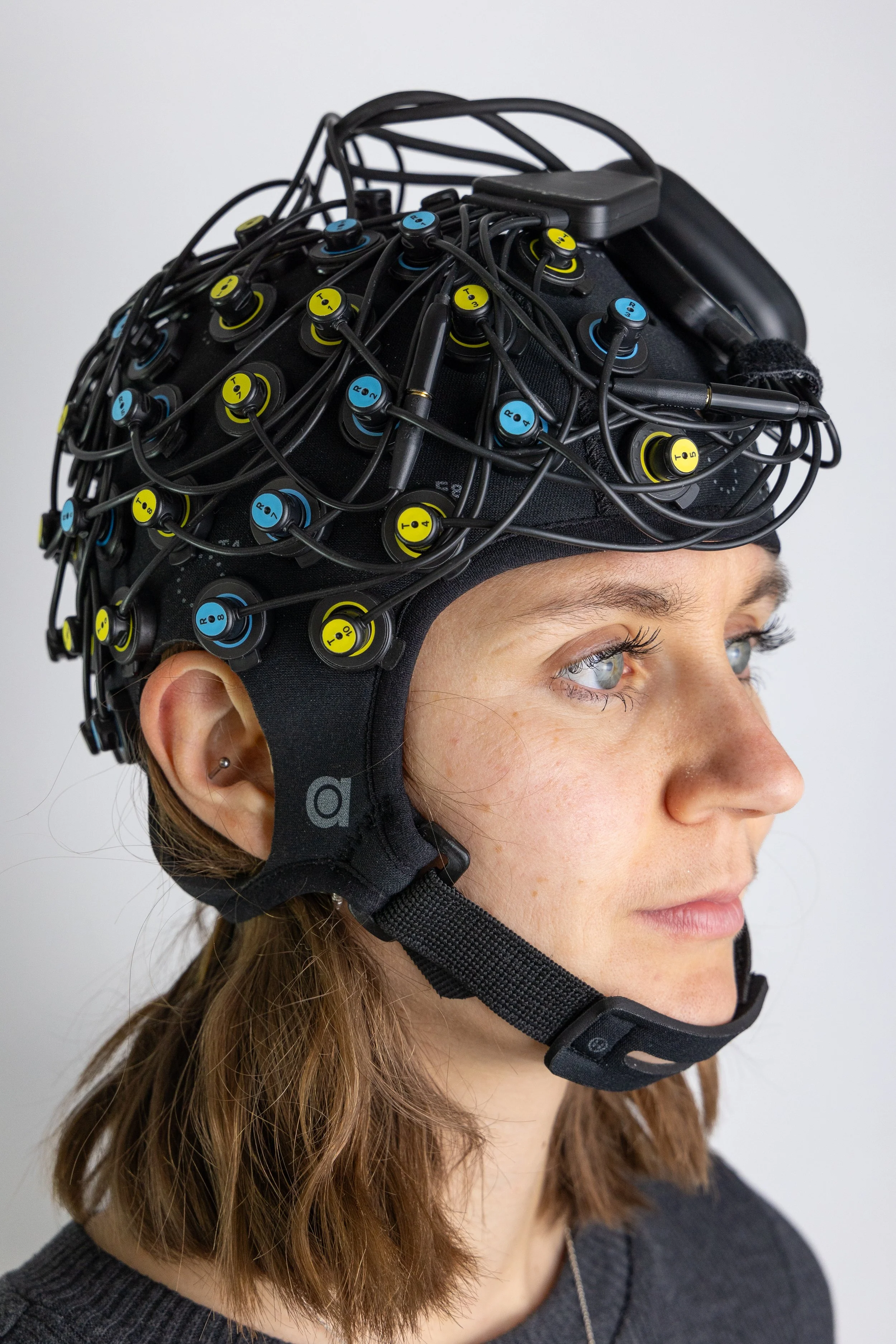


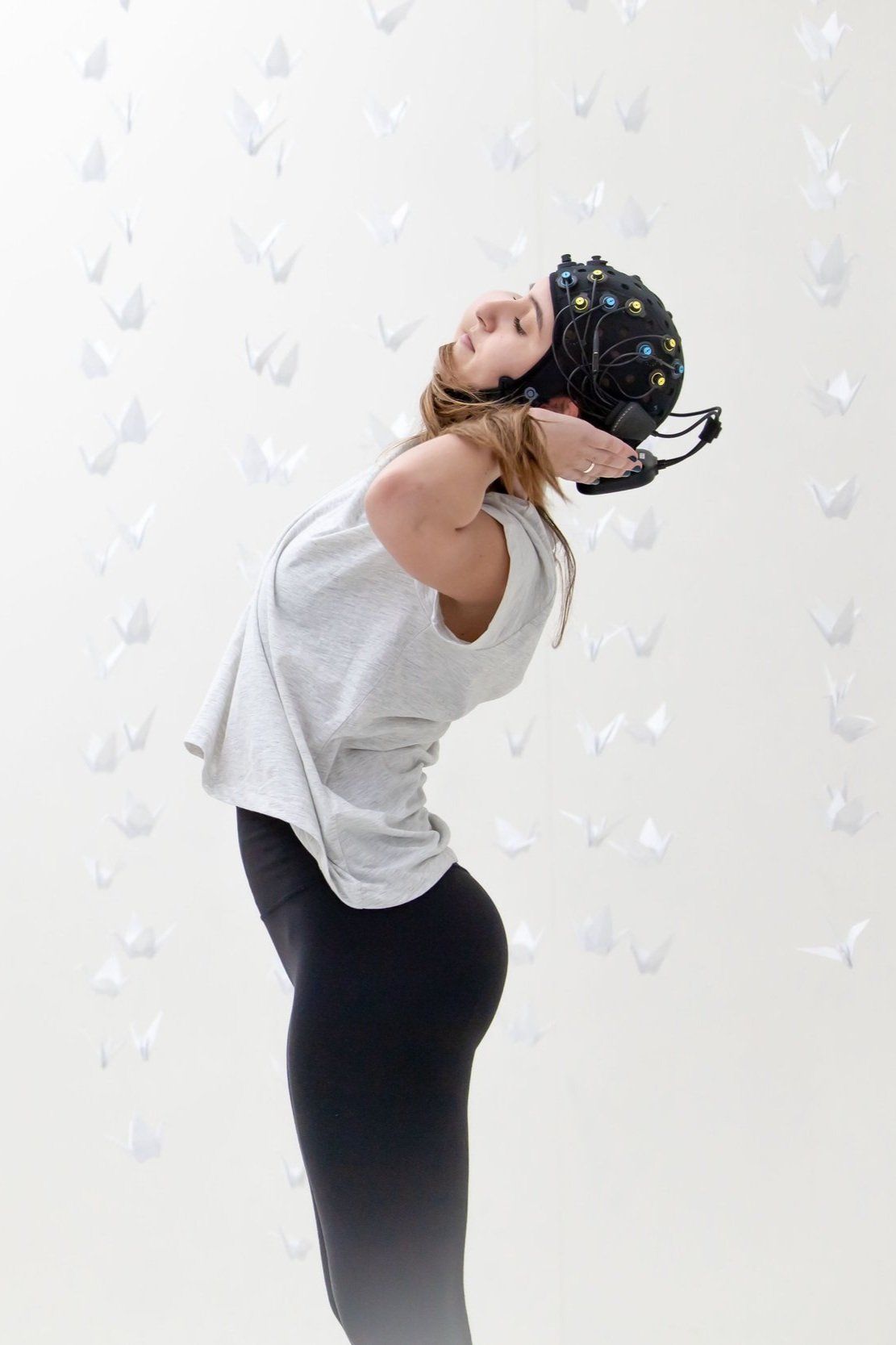
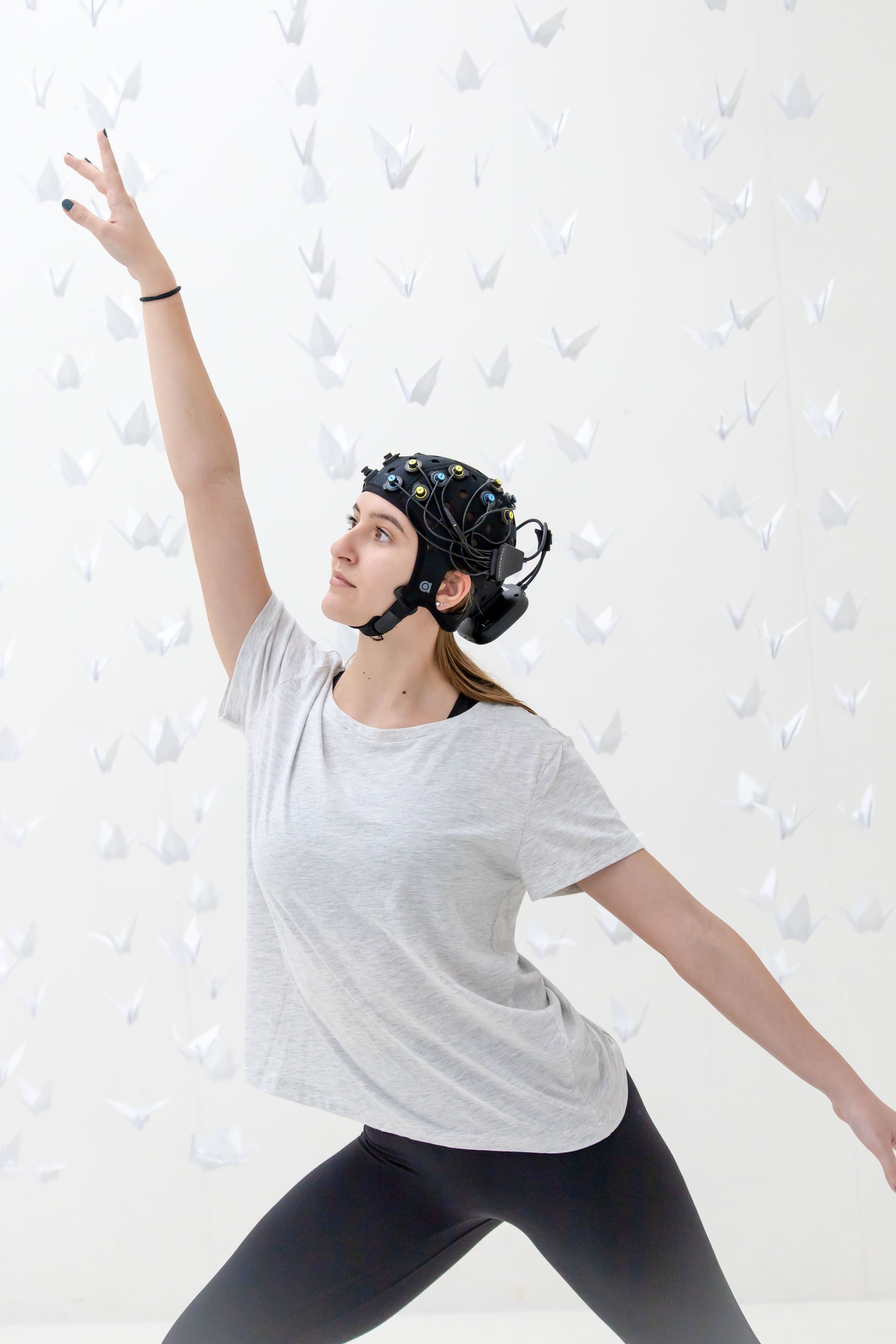
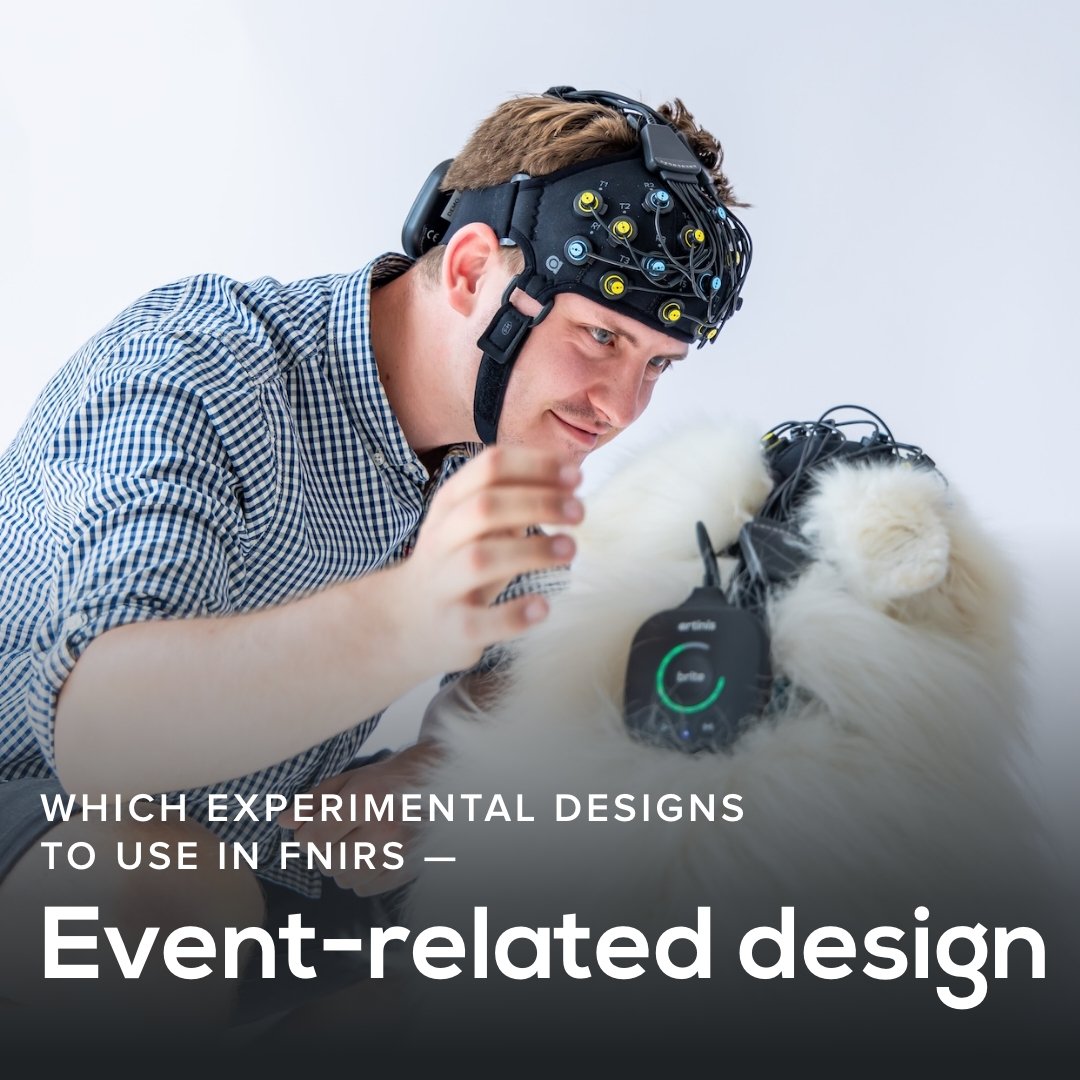
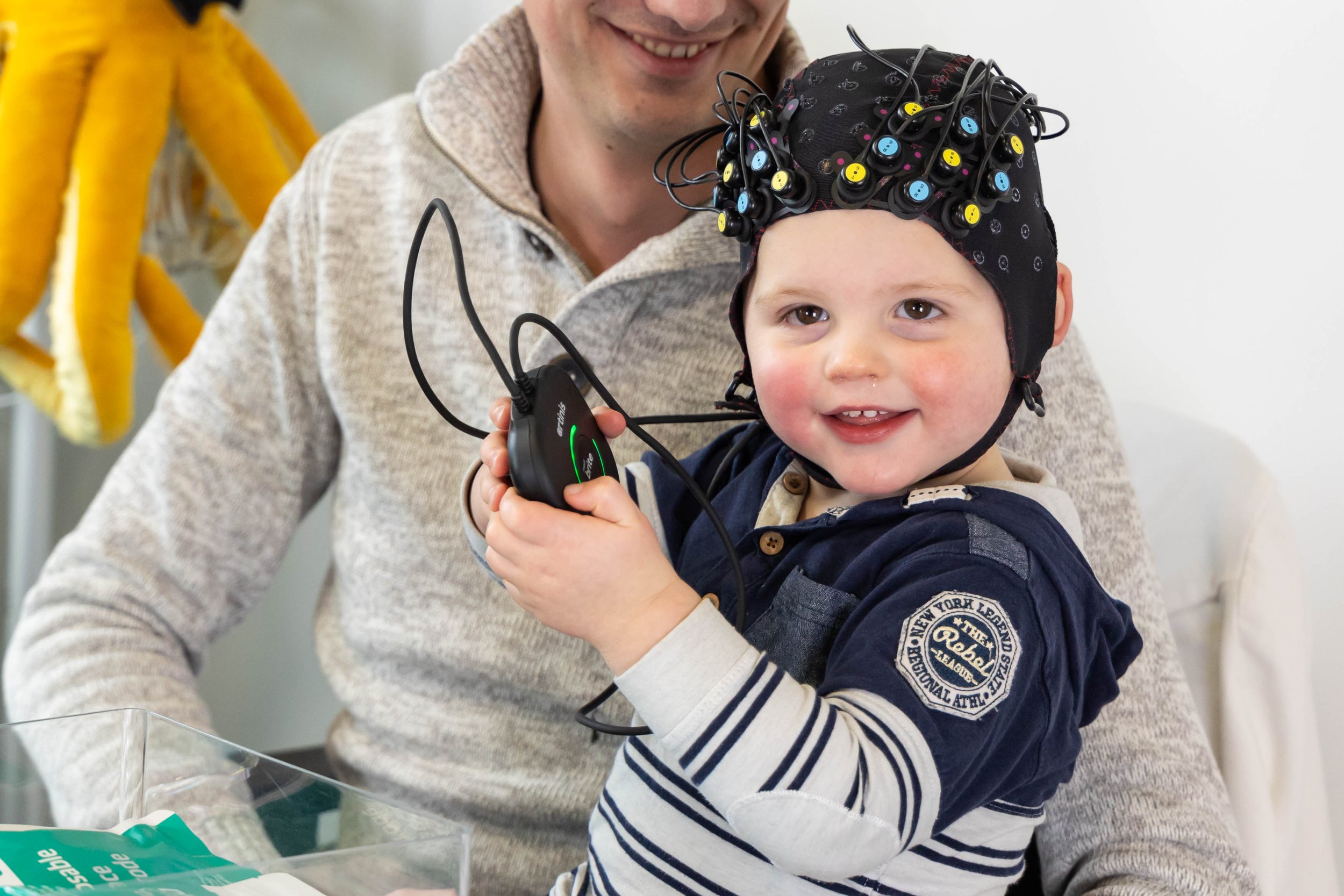

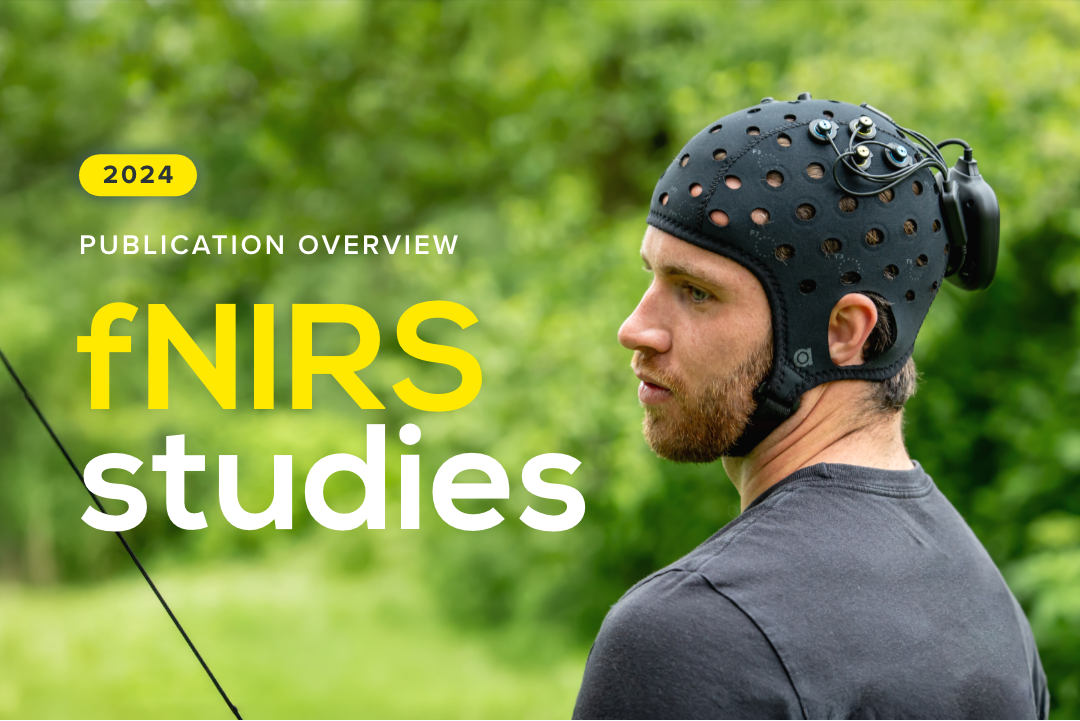
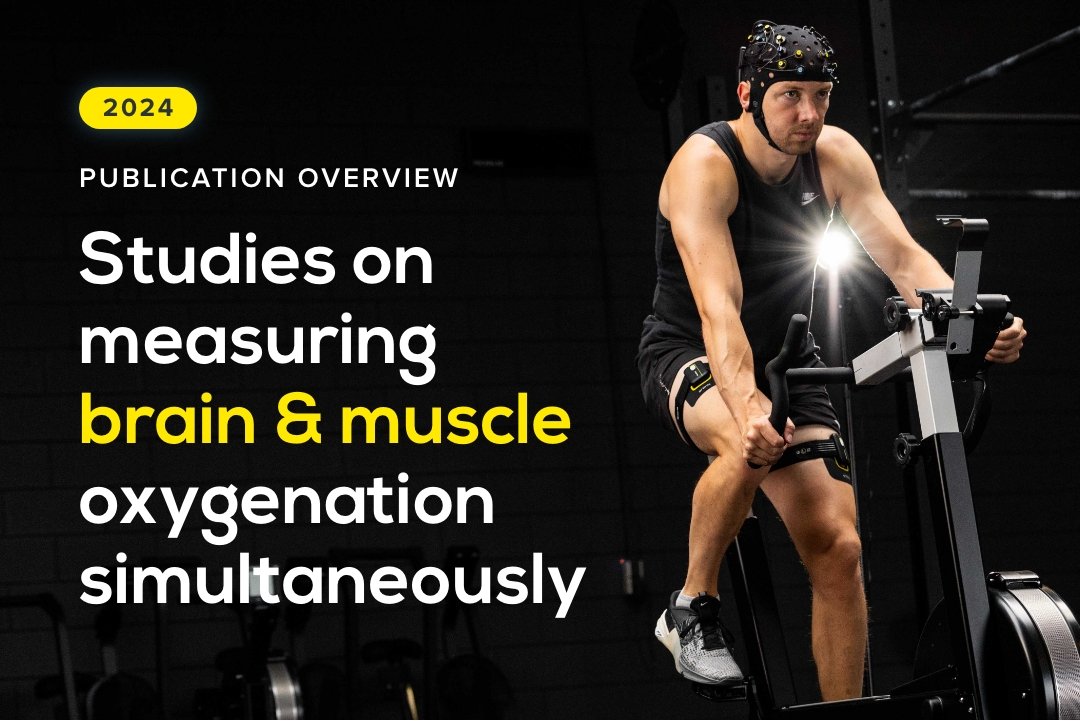
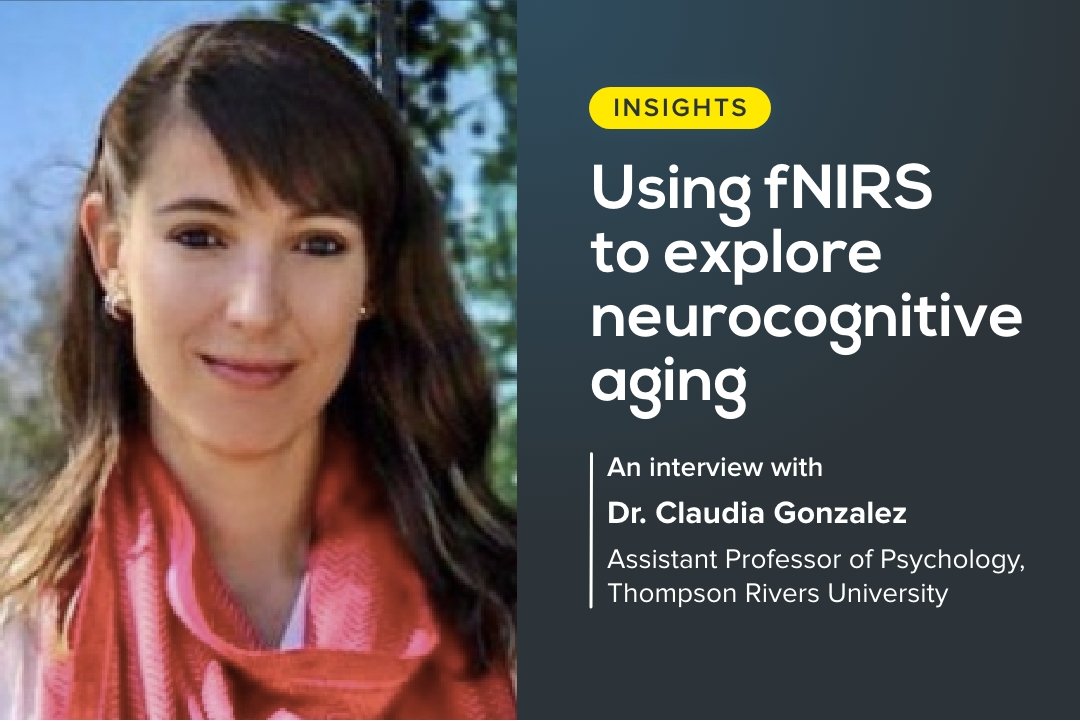
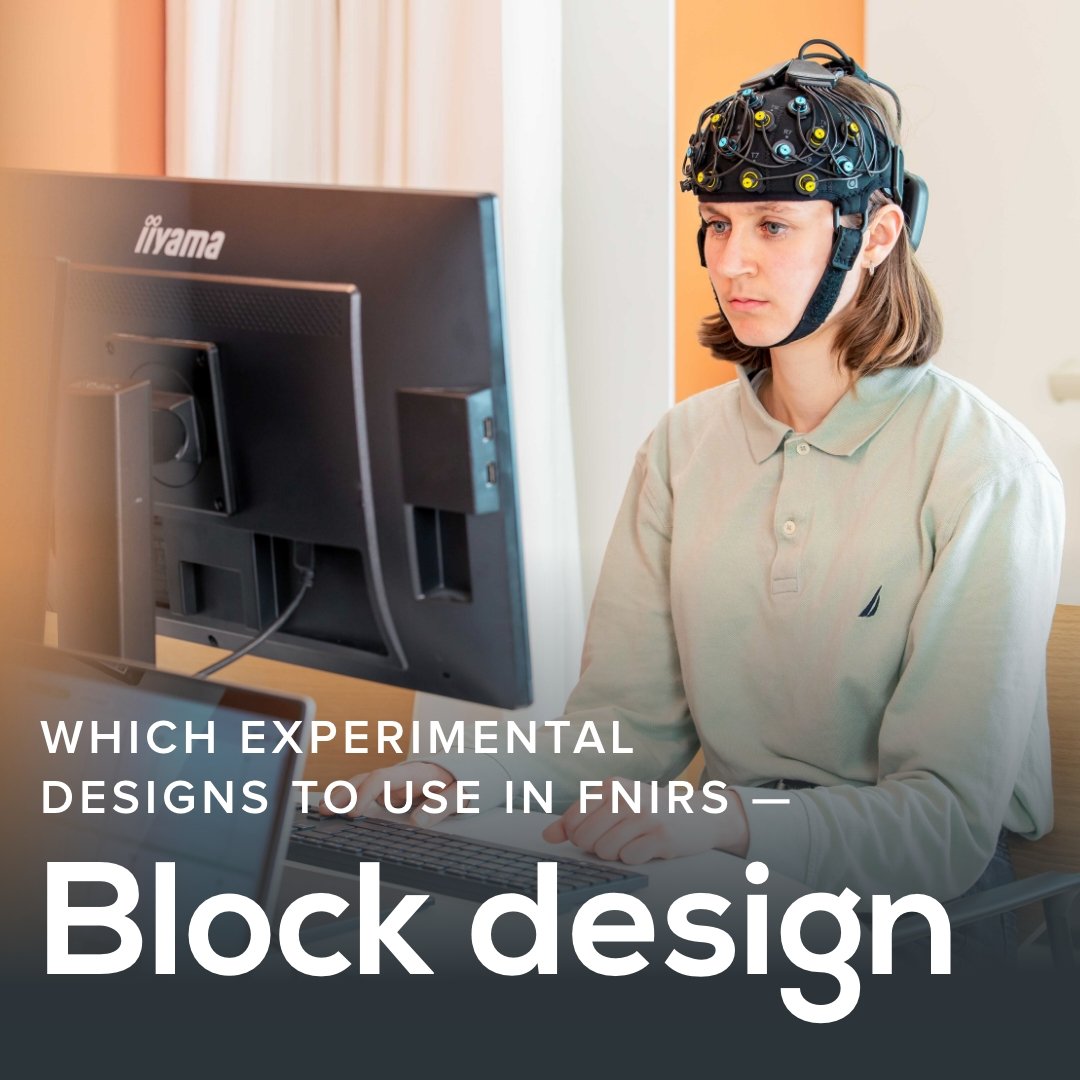
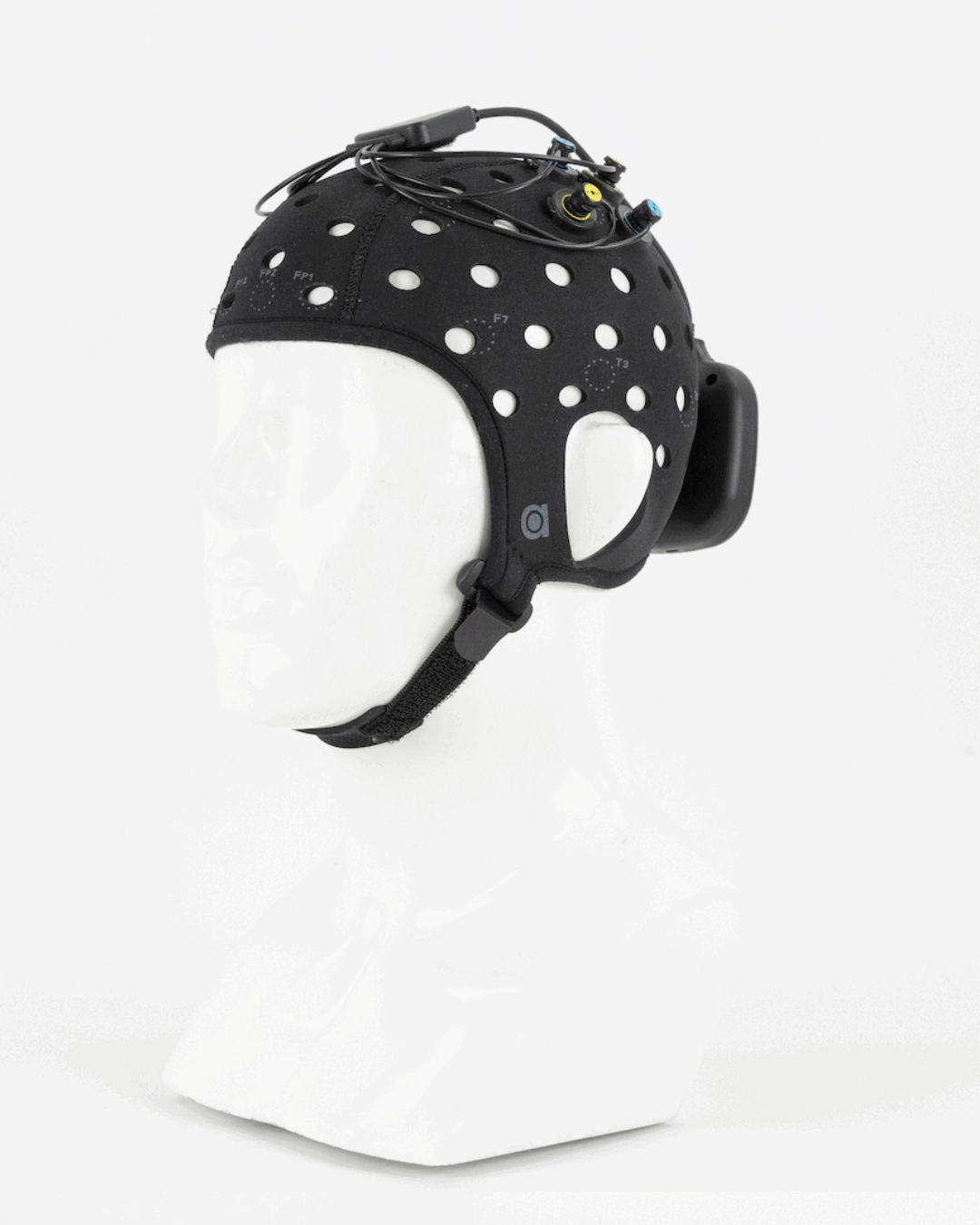
Performing research in real-world environments has been gaining importance in neuroscience. Due to its portability, ease of use, and robustness to motion, fNIRS can be perfectly used in naturalistic settings outside the lab. In this blog, we explain the various applications of fNIRS in the real world, highlight study examples, and provide an overview of the fNIRS solutions we offer to enable research in any setting and with any participant.